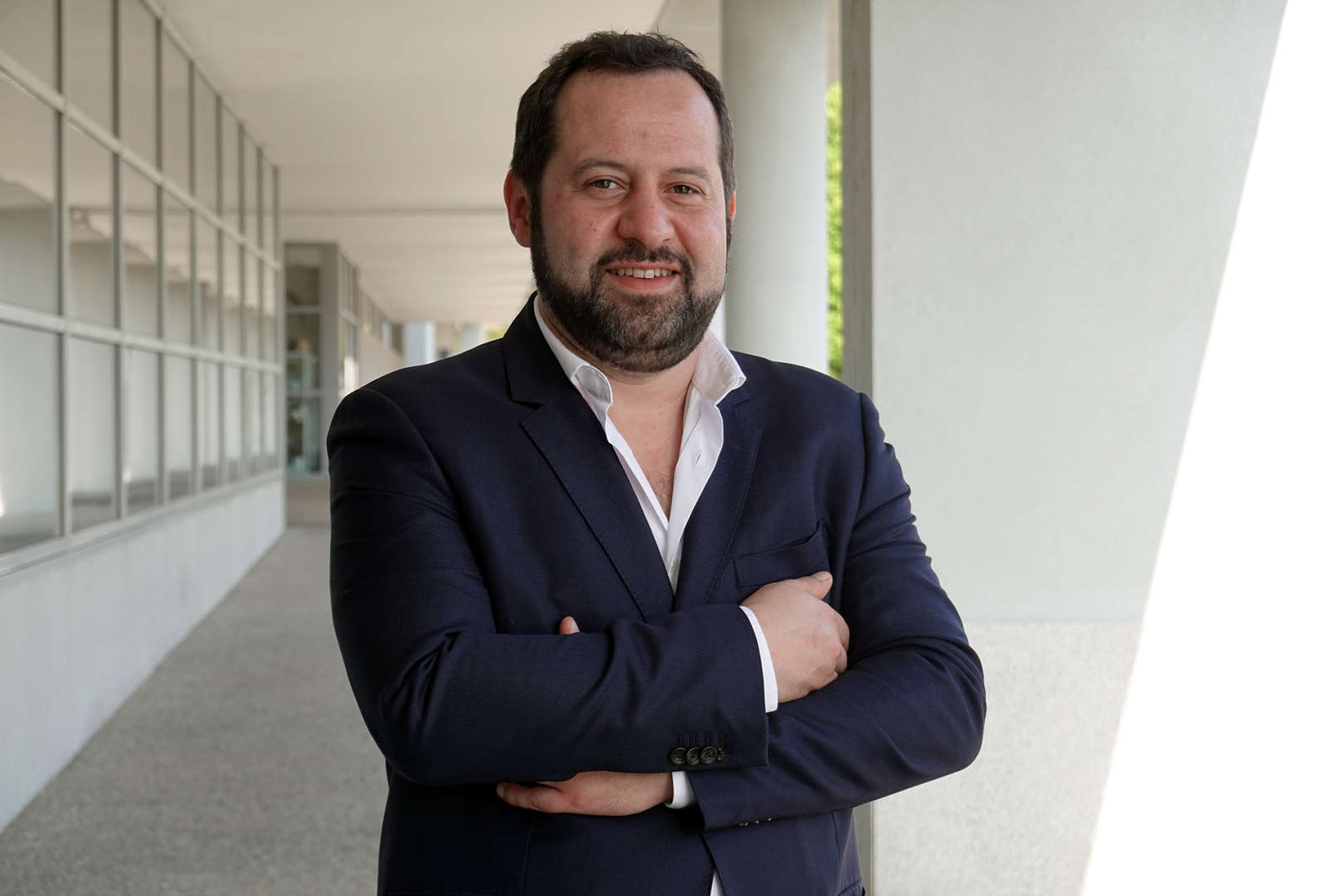Sobre
Bernardo Silva concluiu o Mestrado Integrado em Engenharia Eletrotécnica e de Computadores na FEUP, especializando-se em sistemas de energias. Em 2014 concluiu o Doutoramento em Sistemas Sustentáveis de Energia na FEUP/ MIT Portugal.
Desde o ingresso no INESCTEC, em Março de 2009, tem estado envolvido em projetos científicos e consultoria na área de integração de fontes renováveis no sistema elétrico assim como na análise em regime estacionário e dinâmica de sistemas elétricos.
É desde 2016 representante Português no comité B4 (HVDC) do Cigré.
Prémios:
Menção Honrosa - Prémio REN 2009 - com a tese de Mestrado
Vencedor do Prémio APREN 2016 com a tese de Doutoramento.


